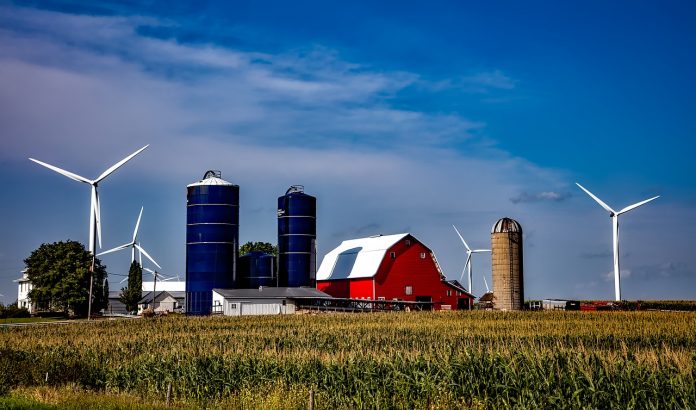Bruce Rastetter, Iowa’s longtime agricultural and political power center, has a sixth sense when it comes to making money.
In 1984, according to the Des Moines Register, Rastetter “started feeding hogs on contract … and within two years, 500 head grew to 100,000.” A decade later, his Heartland Pork was the 12th largest hog farm in the U.S.
Ten years after that, with Heartland wallowing in debt and low prices, Rastetter sold it and moved on to ethanol. His timing was nearly perfect; the federal government’s Renewable Fuel Standard was about to ignite a massive ethanol boom.
Later, as that biofuel boom faded, “Rastetter … worked out a deal with Thomas H. Lee Partners,” reported the Register in 2015, “which bought 80 percent of Hawkeye Holdings” — Rastetter’s ethanol company — “investing $312 million …”
One-two punch
Soon, Rastettter began investing in global ag and local politicians. Today, he’s a top collector of both: His Summit Agricultural Group reportedly controls 14,000 acres in Iowa, owns several livestock operations and “ethanol businesses in Brazil,” and has “spent millions on federal, state, and local politics over the past two decades,” notes the Register.
The latter is important given Summit’s current focus, a 2,000-mile, $4.5-billion carbon pipeline to link more than 30 “biorefineries” in five Midwestern states to gather, then deliver, pressurized CO2 to “deep geologic storage locations” in North Dakota.
But not even Rastetter has deep enough pockets to bankroll this pipe dream. Enter his network of politicians and investors.
As highlighted here last week and according to a Nov. 2022 report published by the Oakland Institute, a California-based think tank, Summit’s payroll includes General Counsel Jess Vilsack, the son of U.S. Secretary of Agriculture Tom Vilsack. Summit’s “chief policy officer” — whatever that is — is Terry Branstad, Iowa’s longtime former governor.
A May 2022 Securities and Exchange Commission filing, highlighted by Oakland, lists the biggest investors in the Midwest Carbon Express, Summit’s cheeky name for its pipeline. They include TPG Rise Climate Fund ($300 million), Continental Resources ($250 million), SK E&S ($110 million), Tiger Infrastructure ($100 million), and Deere & Co., the farm equipment giant whose “size of its ‘strategic investment’… remains unknown.”
Ties to fossil fuels
What also is known, though, is that most of these investors have deep ties to fossil fuels and some to oil-producing giants like Saudi Arabia.
One, Continental Resources, notes Oakland, was founded by Harold Hamm, a frac oil billionaire, and “produces crude oil and natural gas” in Texas, Montana, Oklahoma, Wyoming and North Dakota — the northern terminus of Summit’s pipeline.
Coincidence? Not likely because compressed CO2 is an effective tool in “enhanced oil recovery” efforts by frac oil firms to keep their thick crude flowing, writes Oakland, without reducing oil’s critical role in climate change.
But the really big money in the Summit pipeline effort — and two other, already-announced competing pipelines — is yours, the taxpayer. According to terms included in the 2022 Inflation Reduction Act (IRA), the federal government will pay carbon “sequesters” like Summit $85 per CO2 ton to collect, transport, and store it underground.
If, however, the compressed CO2 is used in “enhanced oil recovery” systems to pump thick crude out of the ground, the per ton rate dips to $60.
Collectively, Oakland estimates the three CO2 pipelines planned for the Midwest could collect $45 billion in federal guarantees — all transferable to any taxpayer for cash — over the next 12 years. Summit’s share of that juicy federal pie is an estimated $12 billion.
But that’s only one slice. An estimated $7 billion in federal “pilot program” and “development” money is also on the CO2 table. Additionally, several state programs could, figures Oakland, raise the value of each ton of sequestered carbon to a wallet-bulging $250 per ton, or three times what is promised today.
And yet, adds Oakland, almost every penny of this lard-laced federal program will prop up “polluting industries… [and] delay the transition away from dirty energy…”
Little wonder that ag insiders like Rastetter often move from growing actual hogs to nurturing government-fattened porkers like carbon pipelines. These big pigs, after all, could yield massive profits while greenwashing even more frac oil billions.














